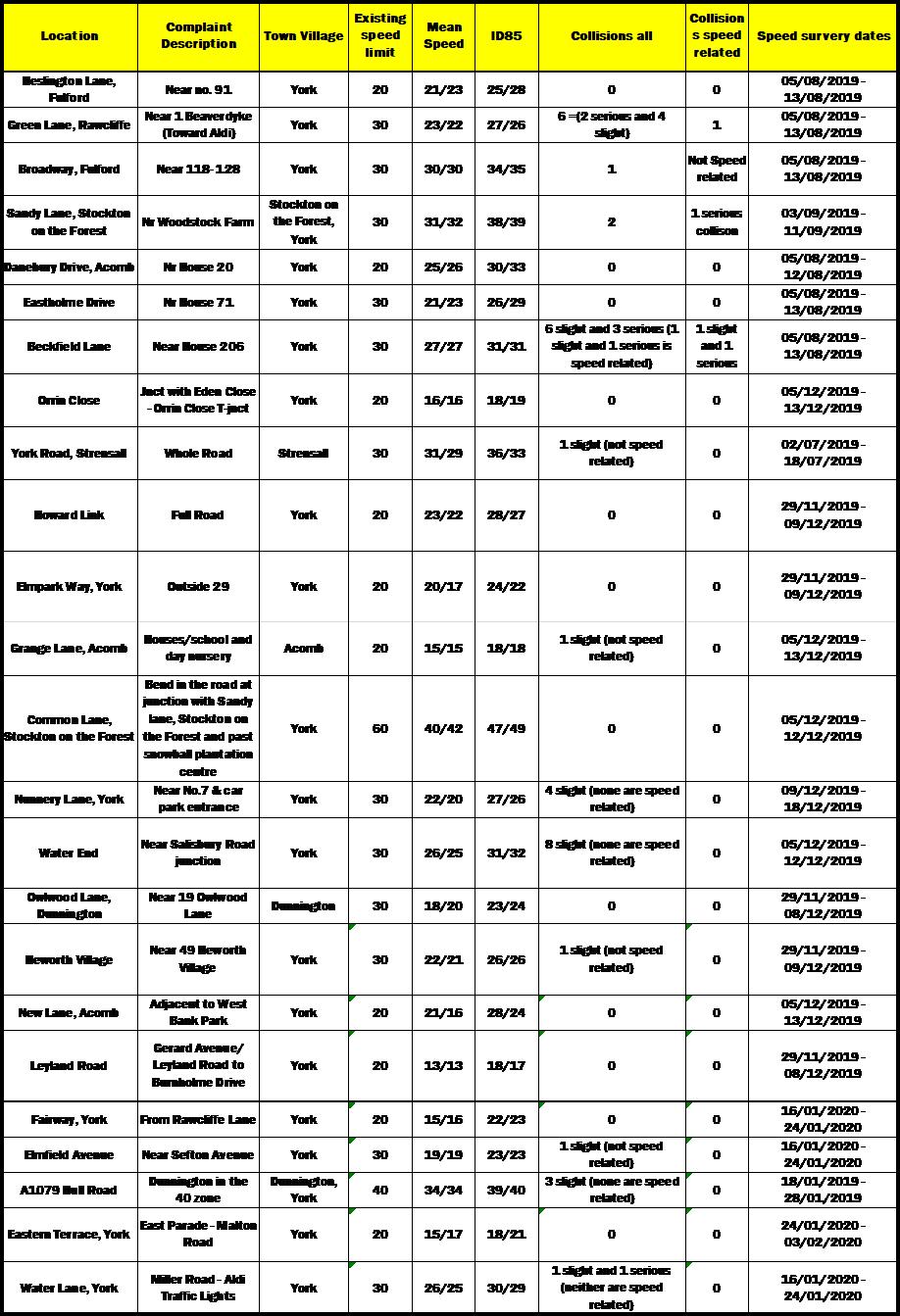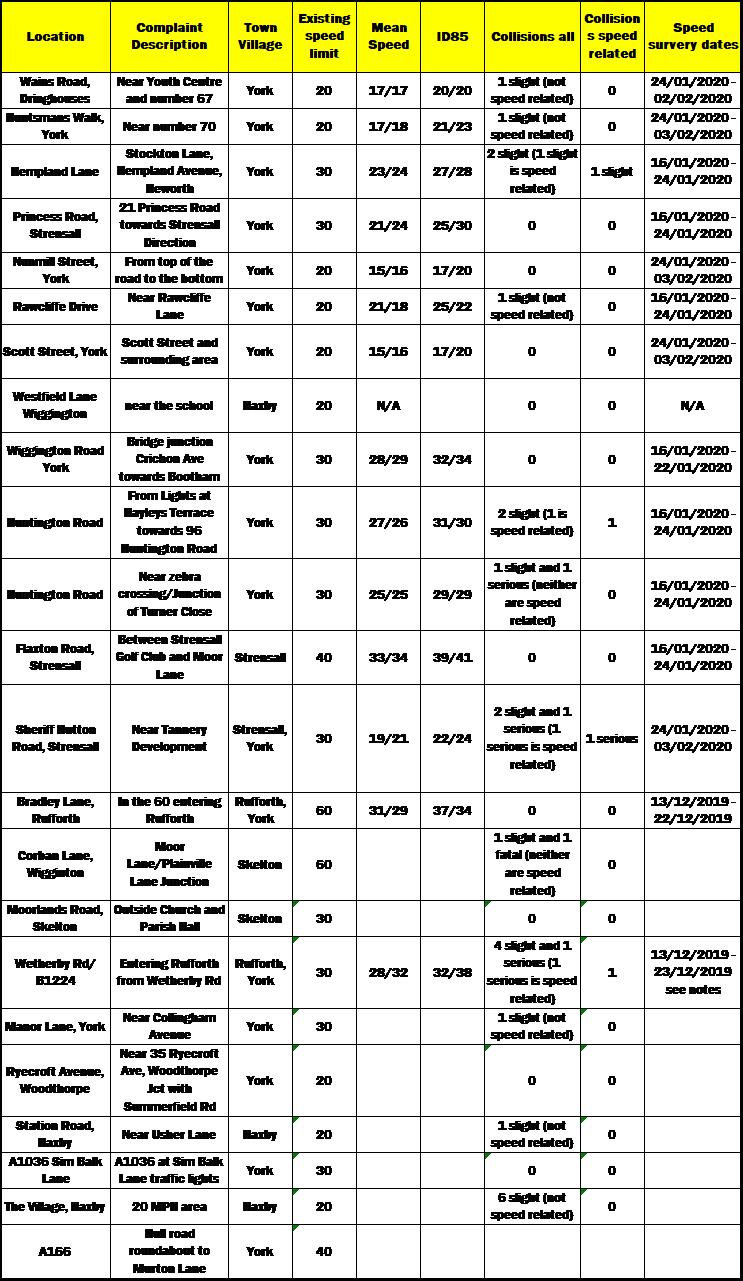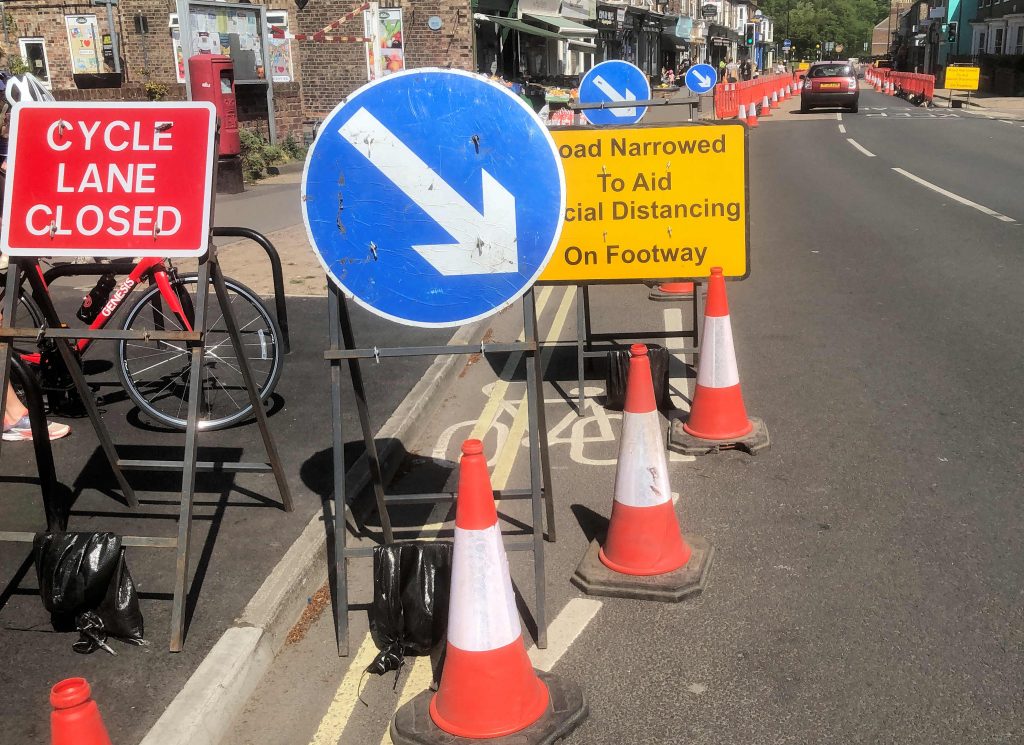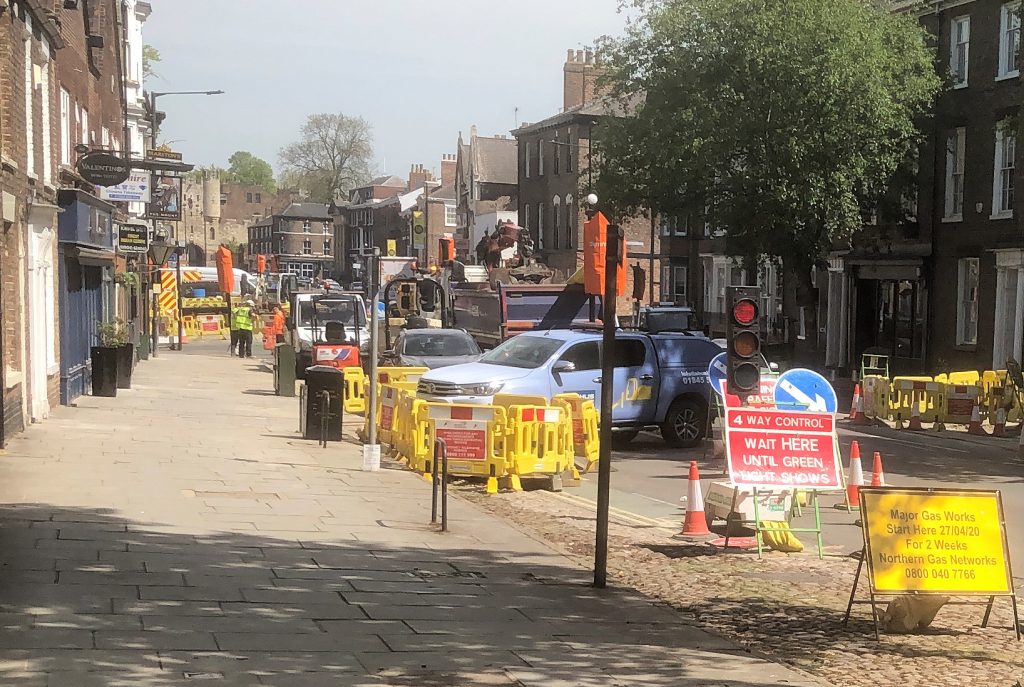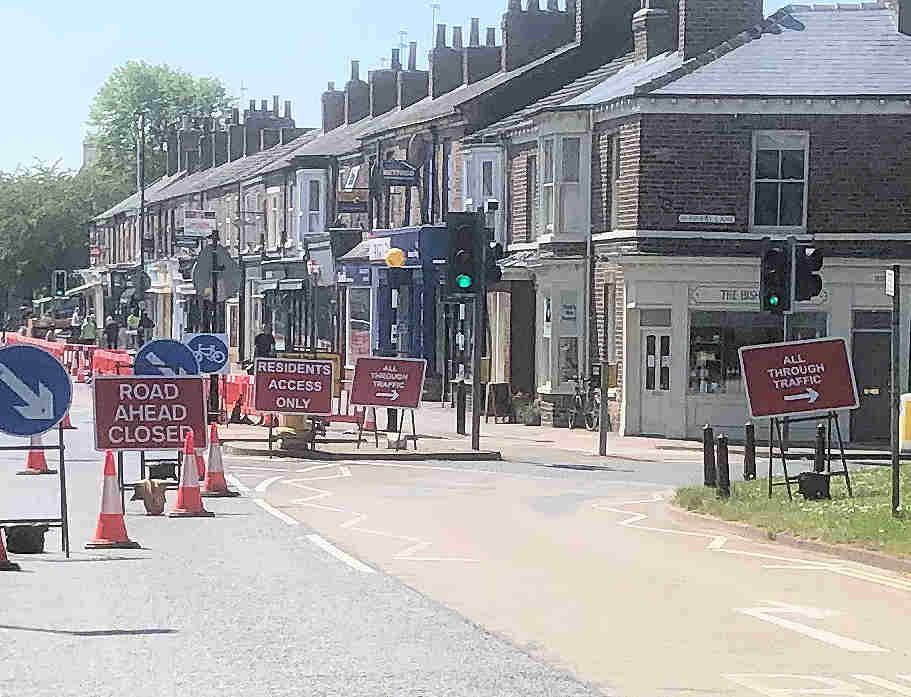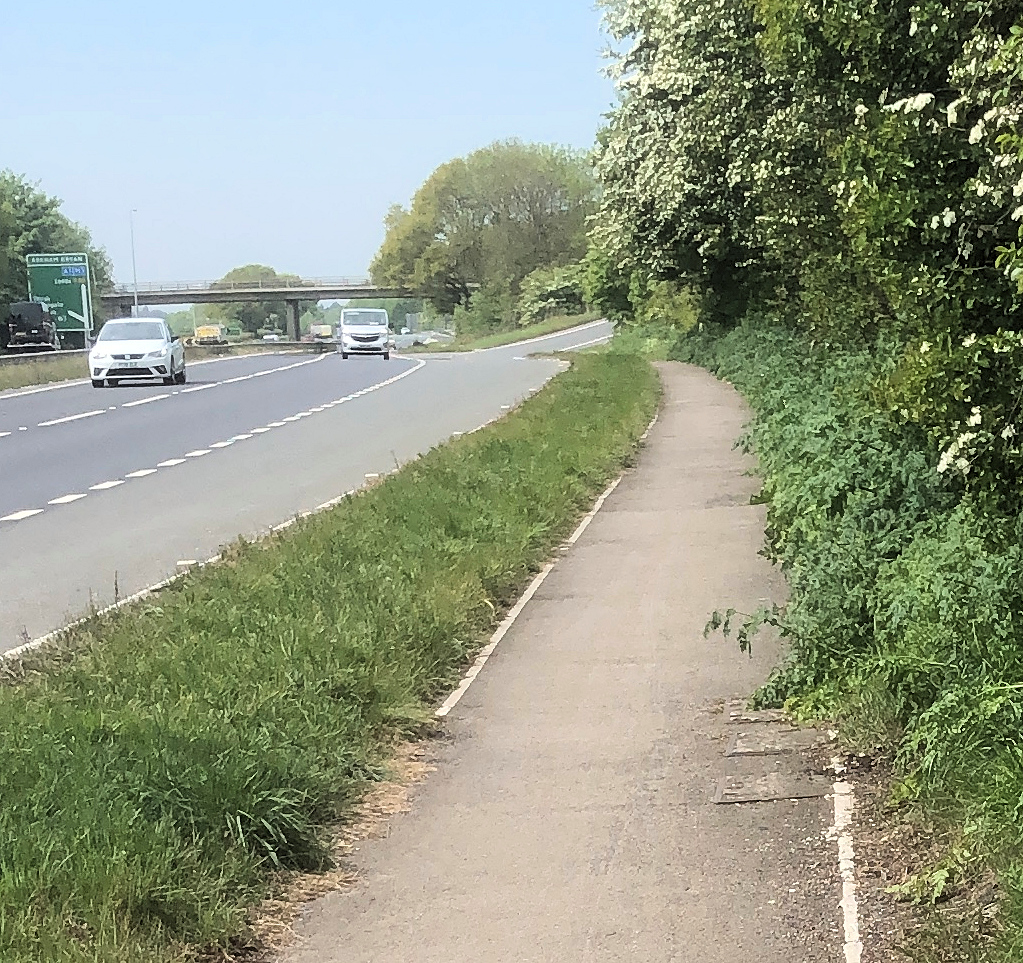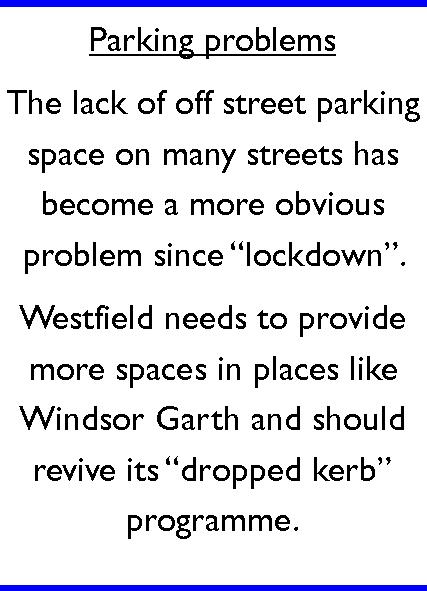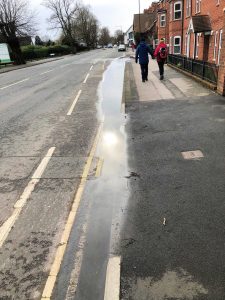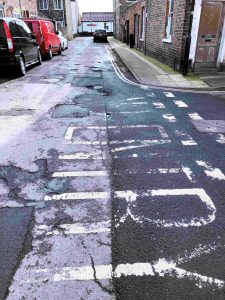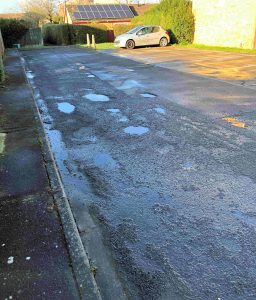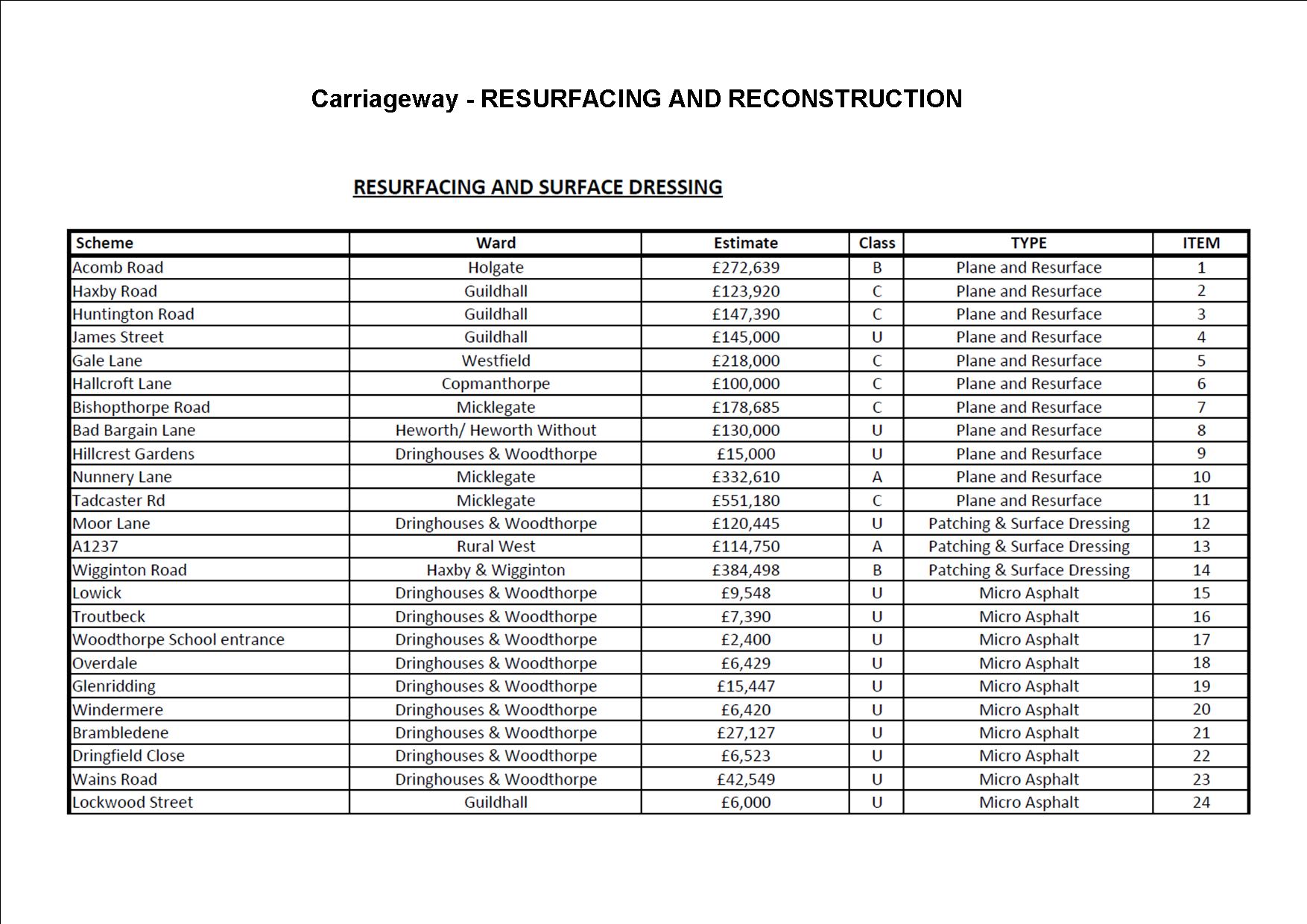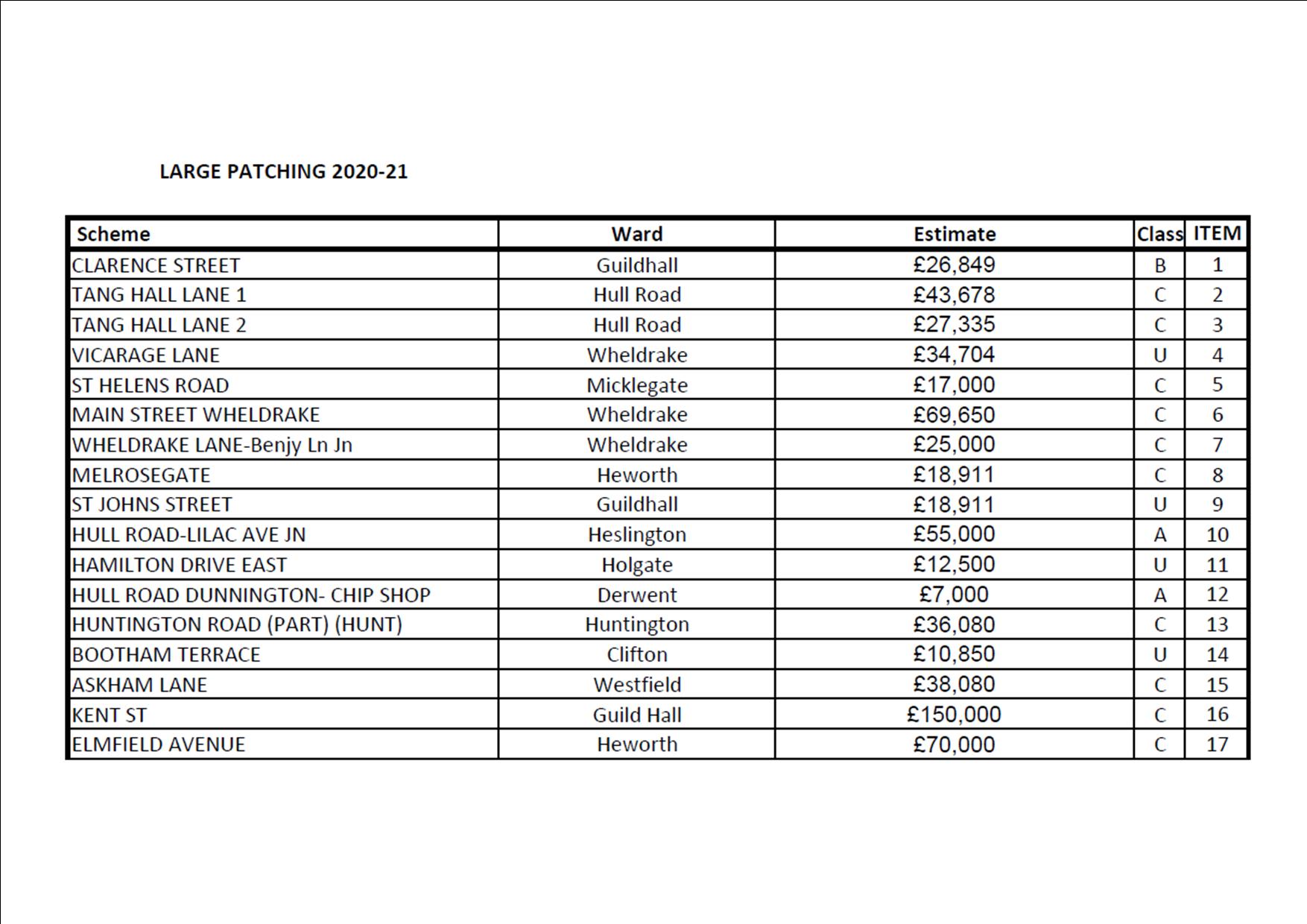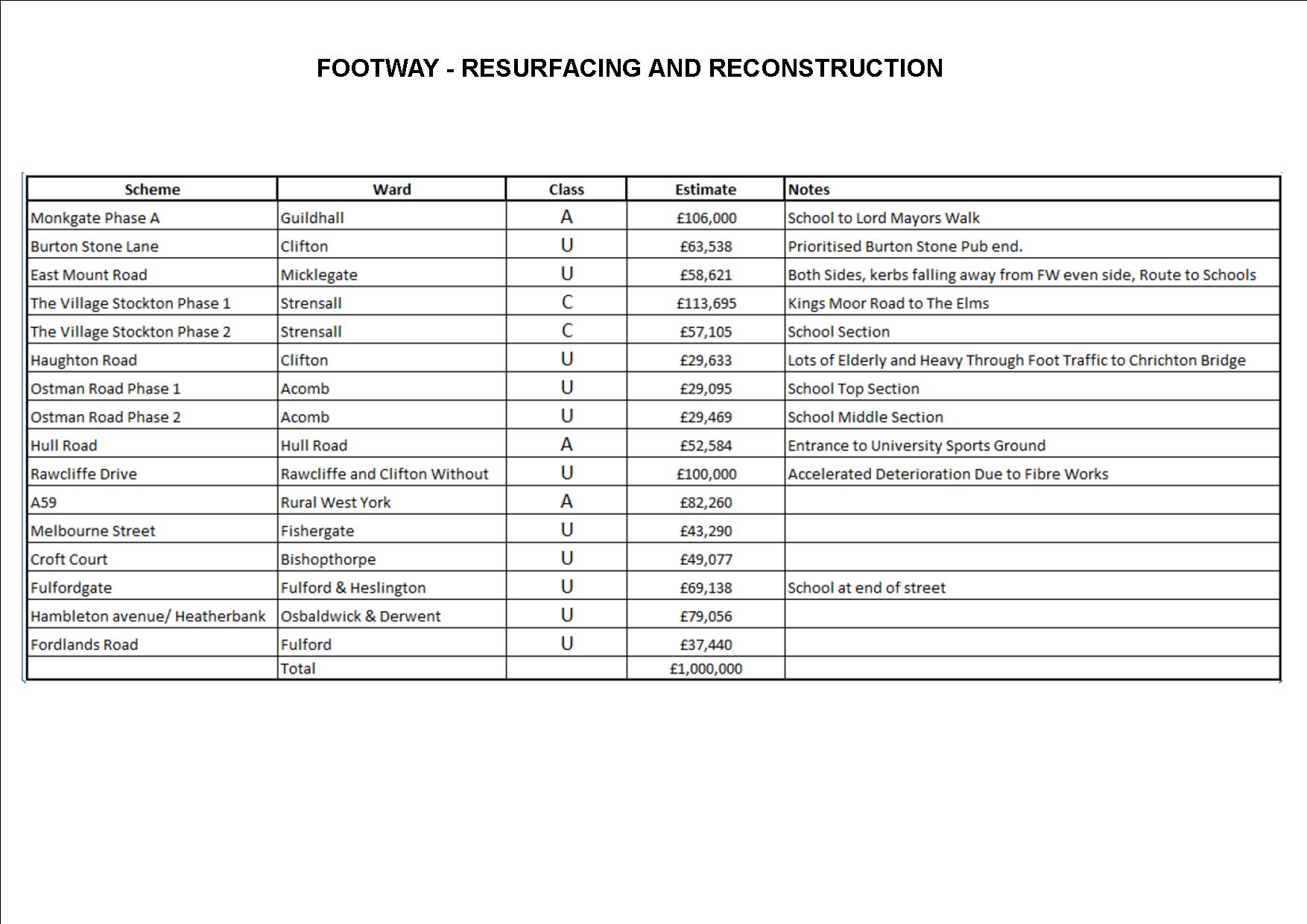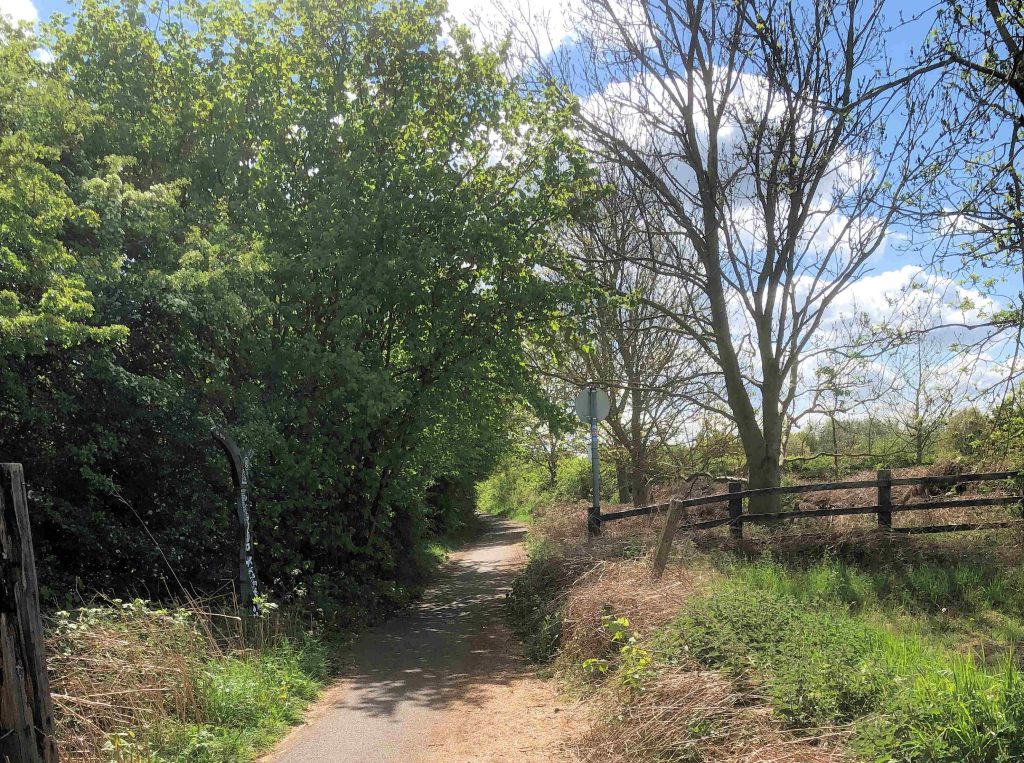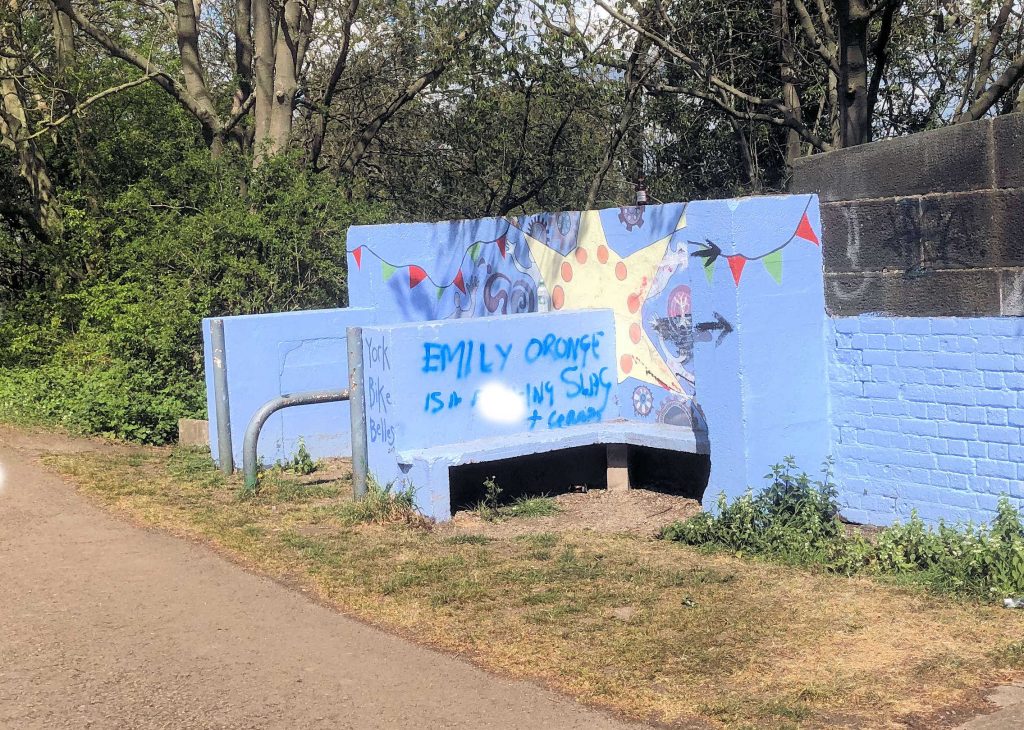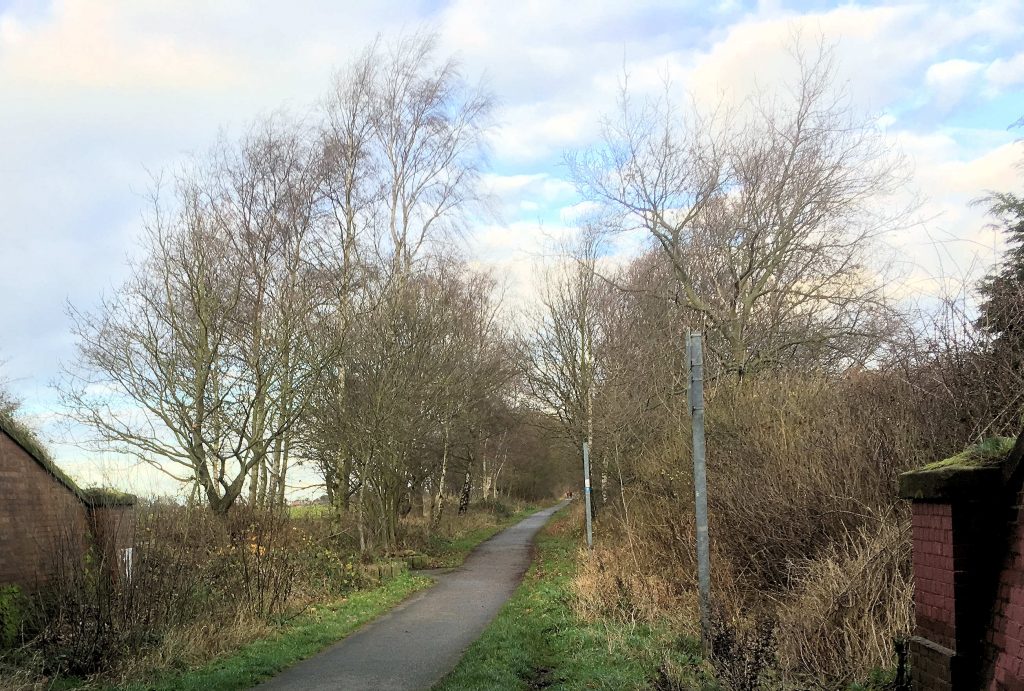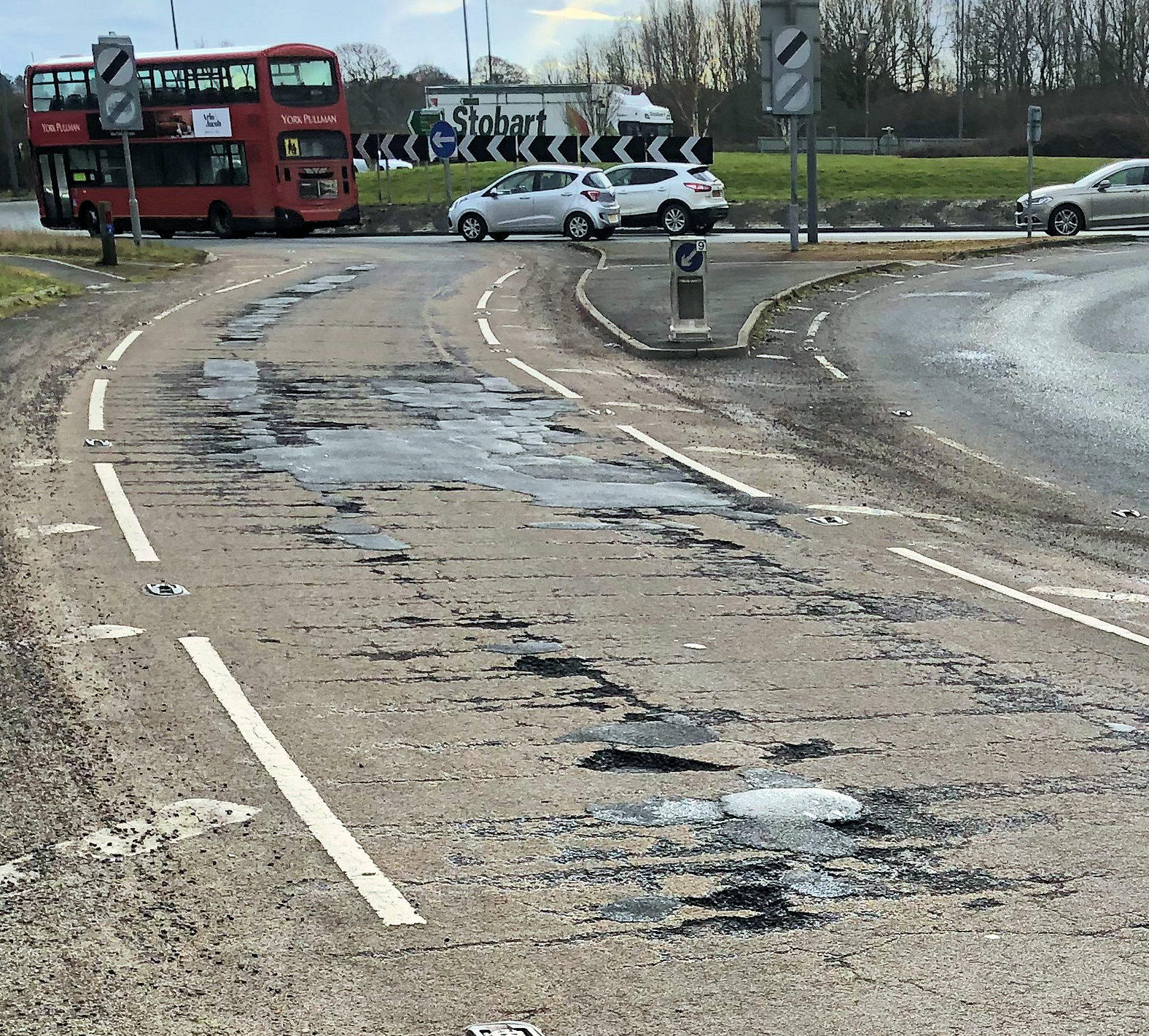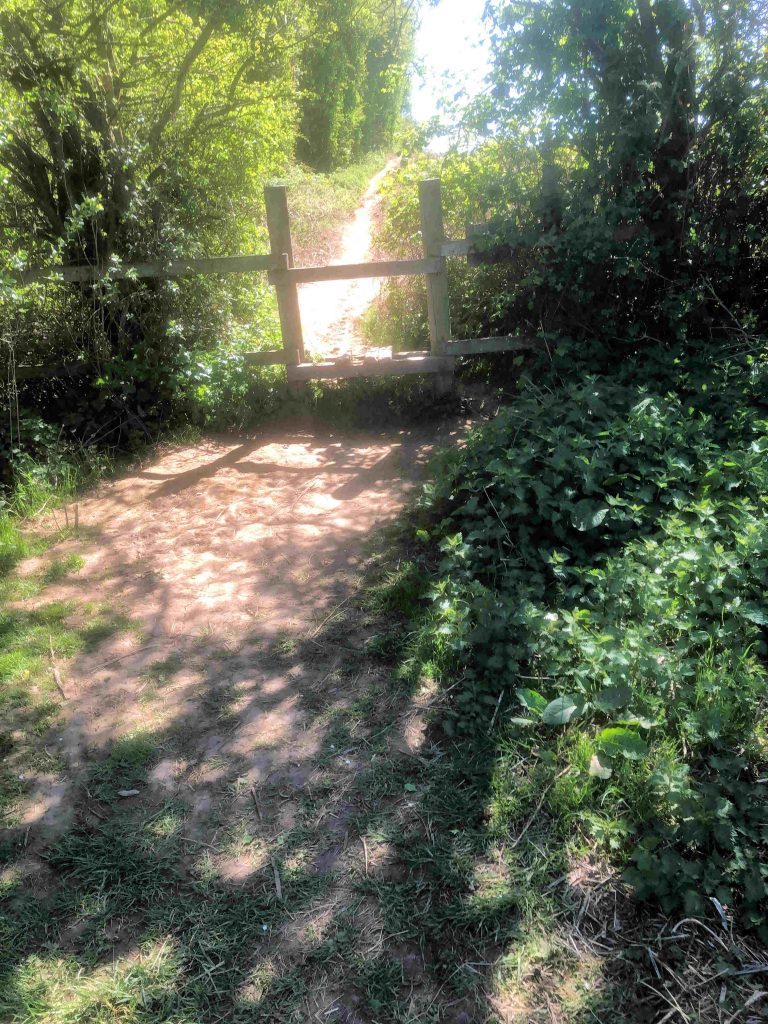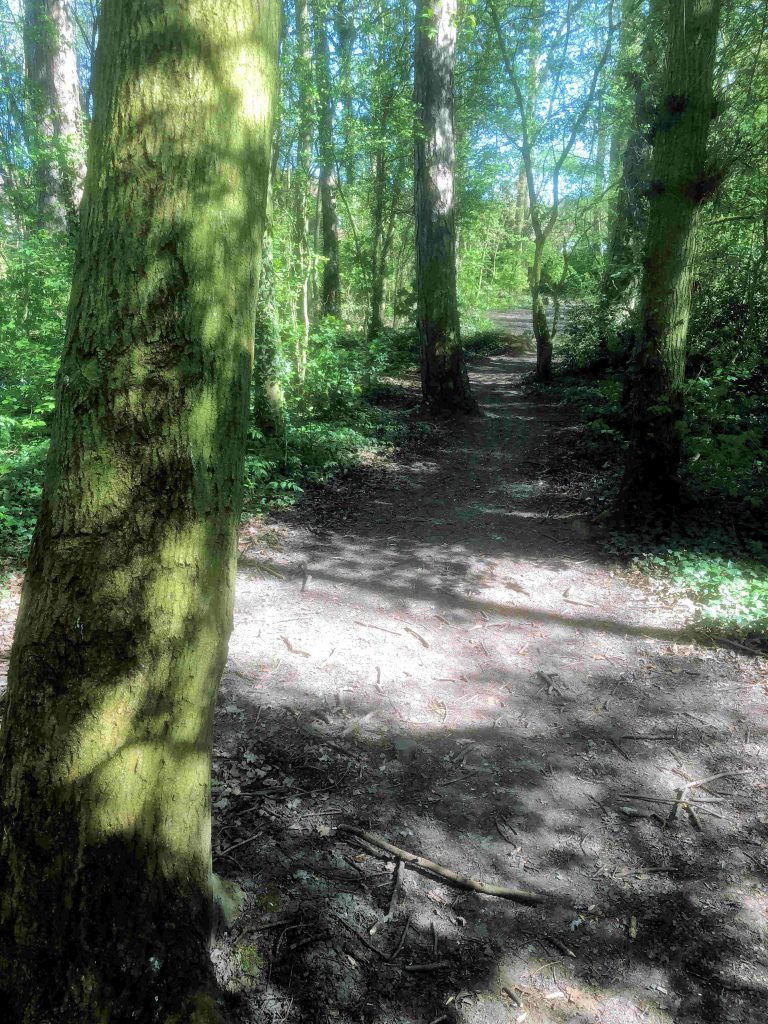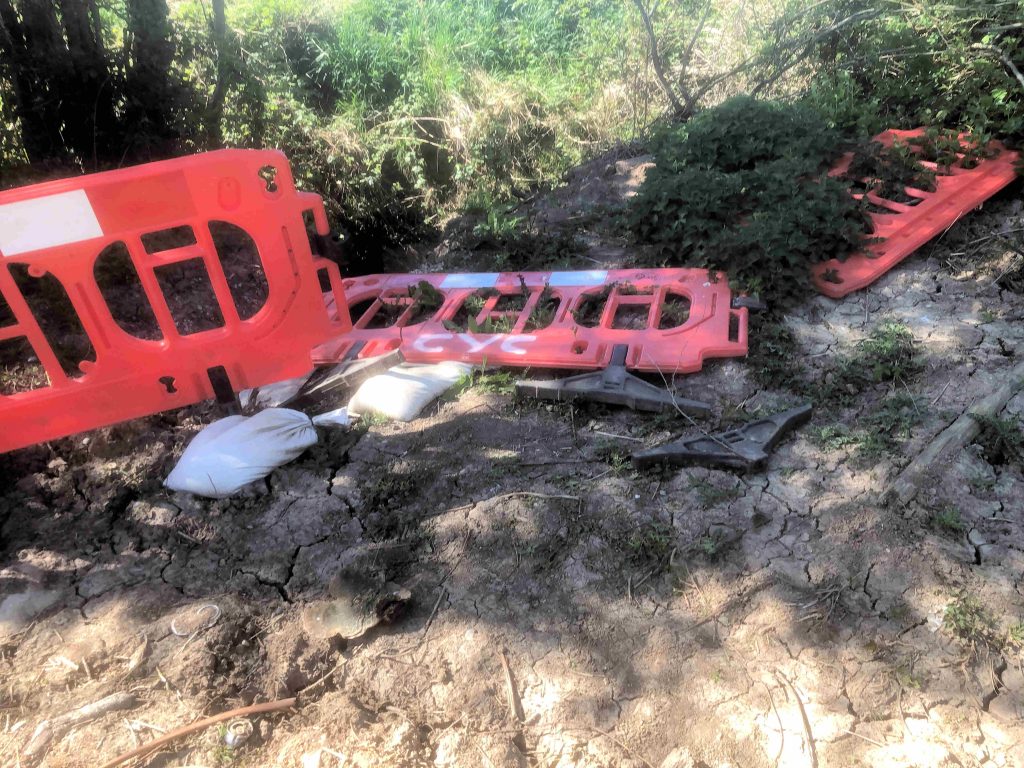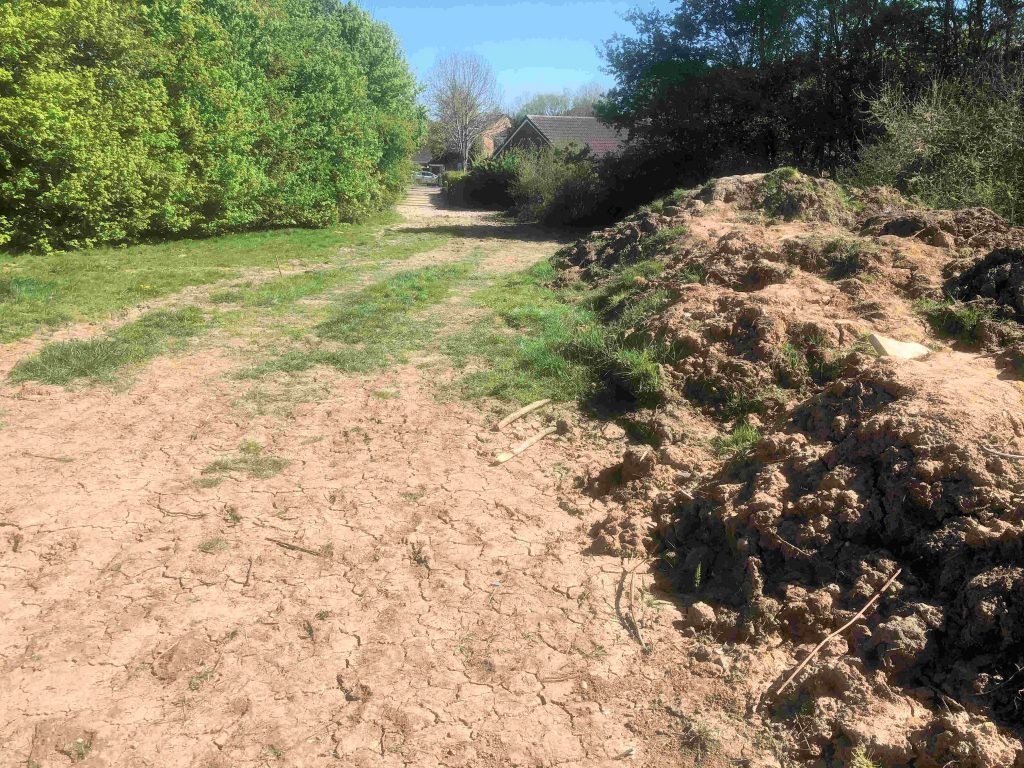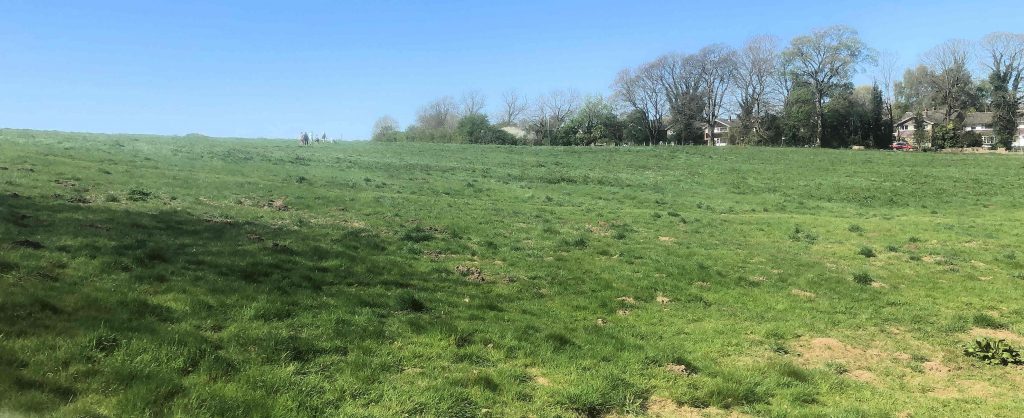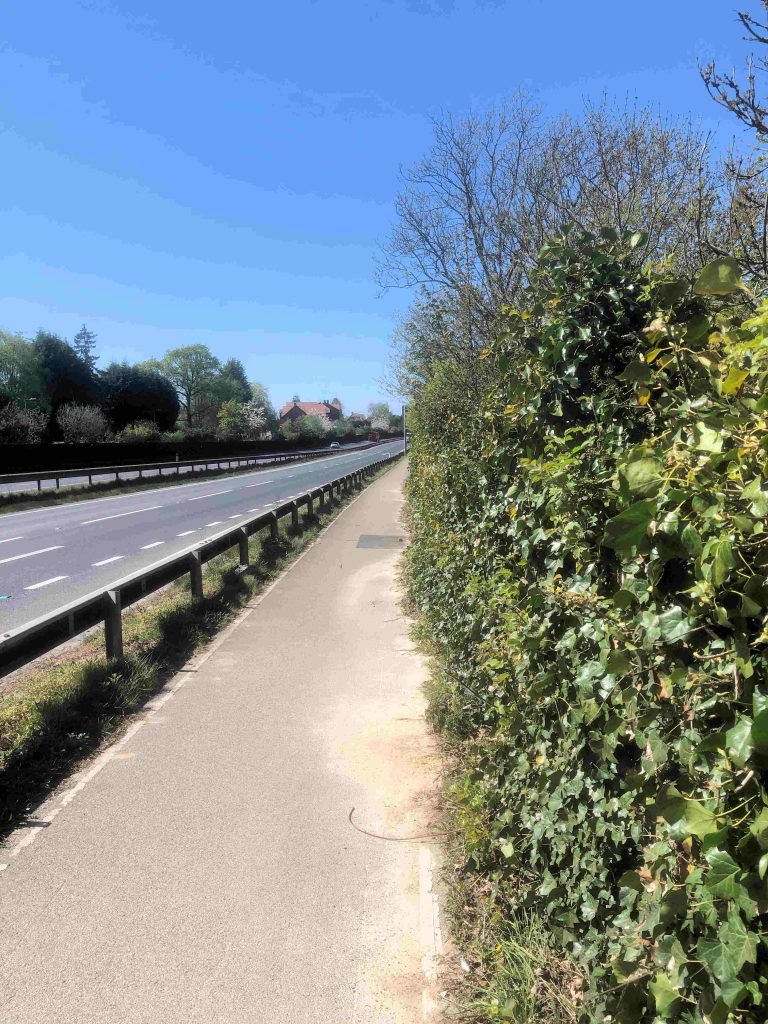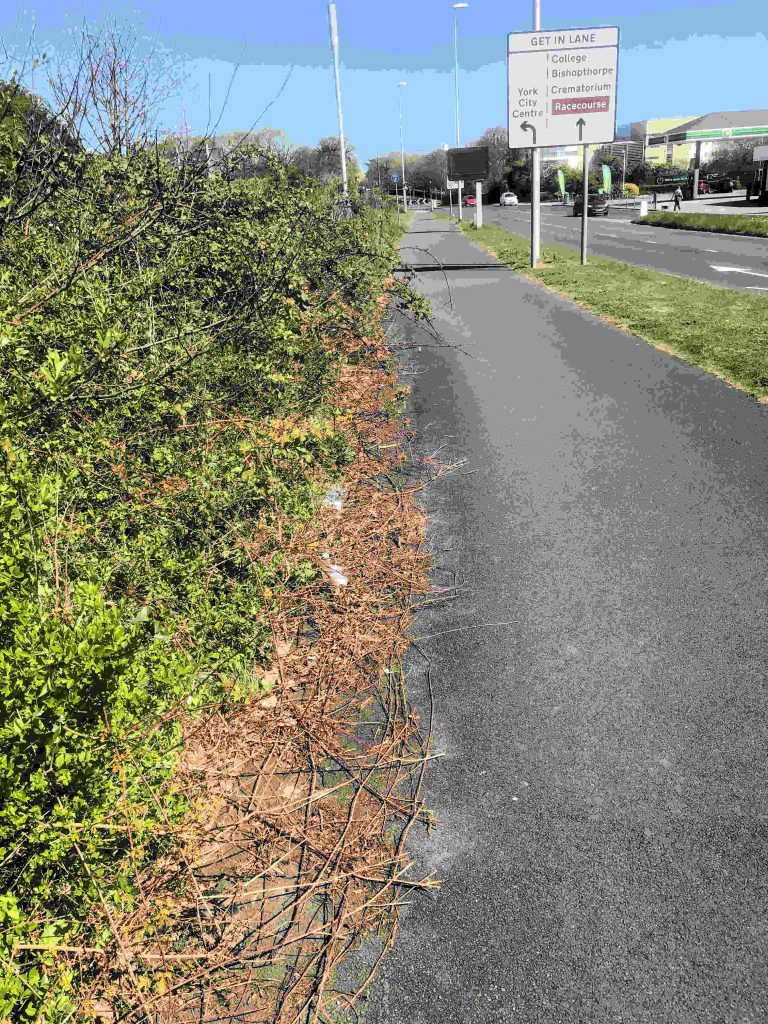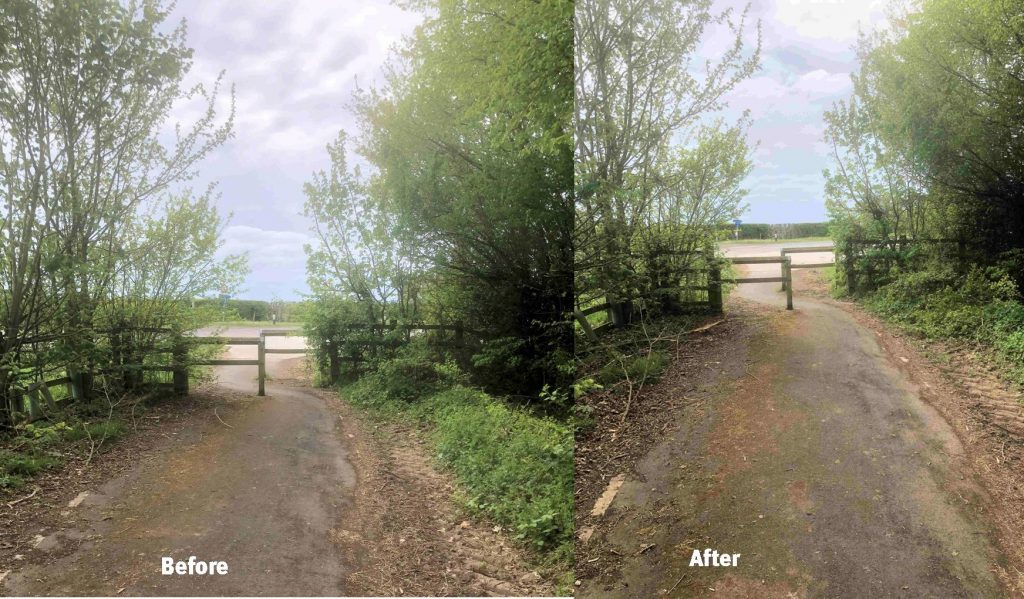Much reduced traffic volumes have resulted in some claims that vehicle speeds have increased. Yesterday figures emerged which suggested that a small number of drivers on major roads like the A64 were exceeding the prevailing speed limit. Camera vans had caught 137 speeders during a 2 week period.
More anecdotal evidence suggests that quieter sub-urban and rural roads have encouraged more considerate driving behaviours.
The latest speed check results do suggest that most drivers – before the lockdown – were respecting the prevailing speed limit.
Checks are undertaken by the Fire service which uses equipment which records the speeds 24/7 on particular section of road. The deployment of he equipment is prompted by complaints. Details can be found on this web site (click)
Priority is given to locations with a high accident record. A report is published giving both the mean recorded speed and the speed the limit that 85% of drivers observe.
A decision is then made as to whether any further action is required. This might take the form of enforcement, engineering works or the use of community speed watch equipment.
47 Roads in York have been checked over the last year.
The most striking result is that there is a high level of compliance with the speed limit on most roads in and around the City.
There are exceptions with the 20 mph limit in Heslington Lane in Fulford seeing (85%ile) speeds of between 25 and 28 mph. A similar picture on New Lane in Holgate where speeds of between 24 and 28 mph were recorded in the 20 mph zone. Sandy Lane in Stockton on Forest saw speeds of 38/39 mph within the 30 mph limit.
No details of any checks made since the lockdown restrictions were imposed, have been published.
The next roads due to be checked are
- Corban Lane, Wigginton;
- Moorlands Road, Skelton;
- Manor Lane, York;
- Ryecroft Avenue, Woodthorpe;
- Station Road, Haxby;
- A1036 Sim Balk Lane;
- The Village, Haxby and
- the A166 near Murton Lane.
